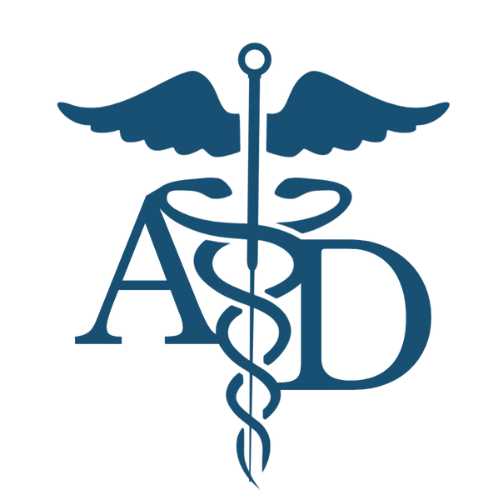What is cupping and can it improve muscle recovery?
Cupping therapy has entered the mainstream since US Olympic swimmer Michael Phelps was seen with cupping marks. However, cupping is an ancient technique recorded as early as 1550 BC. It has been used by many traditional medicines ranging from China, Korea and even Italy. Even Hippocrates reportedly compiled a list about the use of cupping therapy (1).
Despite being around for centuries, how cupping works still remains a mystery. There is still much to learn about cupping but recent researchers are uncovering the effects of cupping therapy on pain, inflammation and muscle relaxation.
Cupping therapy uses suction cups that are placed in areas of the body where pain or soreness is felt. However, cupping should not be placed on the spine, areas with skin lesions, rashes, varicose veins, bone fractures and open wounds (2). If unsure, it’s best to consult a licensed acupuncturist for advice.
The suction cups come in different sizes, so the best size for the site on the body is chosen for maximum effect. The suction is created either by a manual handheld pump, electricity or by fire. Note that fire cupping is a technique that requires skill and experience to do safely. Please do not try fire cupping if you do not have the training for it! There are also self-suction cupping sets which will be linked at the end of this article.
Cupping for pain relief
Cupping is commonly used to treat lower back pain. However, it can be used to reduce muscle soreness in other parts of the body such as the neck, shoulders and legs. Studies found that cupping enhances relaxation and stimulates the brain to release our body’s natural pain killers (3).
Cupping to reduce inflammation
Cupping has been reported to stimulate the immune system resulting in reduced inflammation. Reports suggest that cupping increases lymph flow in the lymphatic system (1). The lymphatic system has several functions in the body. One of its functions is in the immune system. The lymphatic system produces white blood cells and other immune cells that help us fight foreign invaders like bacteria and viruses.
Cupping for muscle recovery and relaxation
One theory is that cupping releases nitric oxide, a gas molecule that increases blood flow by dilating blood vessels (1). Based on this theory, cupping may improve circulation. Applying suction to a site in the body is suggested to remove toxins as well. Oxidative stress caused by free radicals, which are molecules that can cause DNA damage and worsen inflammation. Cupping may reduce oxidative stress and improve muscle recovery. This is based on the Diffuse Noxious Inhibitory Controls (DNICs) Theory stating that creating a noxious stimulus (irritation/pain from cupping) improves pain relief. Cupping is also said to create a full body relaxation.
The Bottomline
Why and how cupping works to relieve muscle pain, induce relaxation and promote recovery is still being researched. However, this ancient technique has been found to improve muscle recovery and provide pain relief in several studies. However, cupping can be painful, the suction cups can leave marks on the skin and thus it may not be tolerated by everyone.
Always consult your physician prior to starting cupping therapy. Cupping should be performed by a licensed acupuncturist and traditional Chinese medicine practitioner who has received training on this type of therapy. Cupping is not a cure for a disease or condition nor should replace treatment for any condition.
Licensed acupuncturists can safely providing cupping therapy as part of a treatment session. Contact us for more information.
Products we love:
Cupping Warehouse: Self-suction set. Recommended for professional use.
Kangzhu 24-cup: affordable option for beginners and home use.
Hansol Cupping Therapy Equipment Set: mid-range cupping set with good performance.
References
Al-Bedah, A., Elsubai, I. S., Qureshi, N. A., Aboushanab, T. S., Ali, G., El-Olemy, A. T., Khalil, A., Khalil, M., & Alqaed, M. S. (2018). The medical perspective of cupping therapy: Effects and mechanisms of action. Journal of traditional and complementary medicine, 9(2), 90–97. https://doi-org.eres.library.manoa.hawaii.edu/10.1016/j.jtcme.2018.03.003
Aboushanab, T. S., & AlSanad, S. (2018). Cupping Therapy: An Overview from a Modern Medicine Perspective. Journal of acupuncture and meridian studies, 11(3), 83–87. https://doi-org.eres.library.manoa.hawaii.edu/10.1016/j.jams.2018.02.001
Rozenfeld, E., & Kalichman, L. (2016). New is the well-forgotten old: The use of dry cupping in musculoskeletal medicine. Journal of bodywork and movement therapies, 20(1), 173–178. https://doi-org.eres.library.manoa.hawaii.edu/10.1016/j.jbmt.2015.11.009


